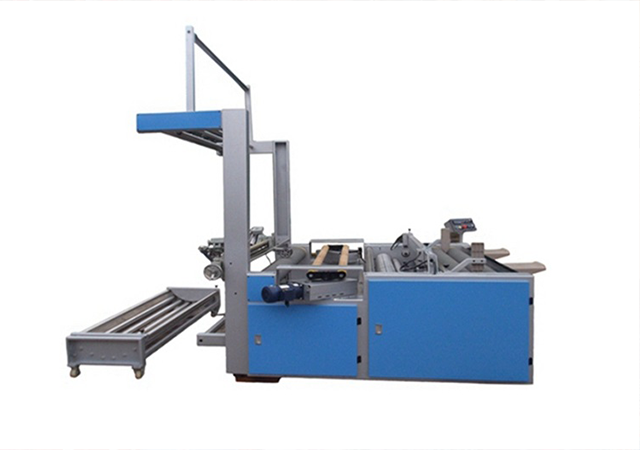The Fabric Cutting Process
After preparing fabric for production or narrow-width sales, the cutting stage begins. A widely-used method involves high-speed laser fabric cutting machines, specifically the CM or YM series. These machines utilize a 50mm focusing lens and operate at speeds up to 5 m/min for single-layer cutting, with a light intensity of 40%. Key factors such as the quality and flatness of the honeycomb bottom plate and the laser beam's strength are crucial. Higher light intensity increases thermal radiation, potentially causing gaps in light and thin fabrics.
A common challenge during cutting is fabric yellowing caused by smoke discoloration. To mitigate this, the fabric is placed flat on the honeycomb bottom plate, and an exhaust fan is activated to remove smoke. Additionally, an air compressor continuously blows away impurities and soot from the cut area. Using inert gases like nitrogen can further prevent yellowing.
Key Points for Fabric Cutting
Delicate Fabrics: For non-woven, polyester, silk, satin, and twill fabrics, use a 50mm focusing lens with a fine spot and small slit for precise cuts. Enhancing cut quality involves activating air extraction and blowing, and securing the fabric with high-power air blowing from a pump and compressor.
Cutting Speeds: Larger or smoother design sections can be cut at higher speeds (3-10 m/min for a CM machine), while intricate areas require slower speeds (0.5-3 m/min). Adjust the laser beam intensity accordingly: higher for faster cutting and lower for slower cutting, typically within 30-60. Set light intensity between 5-15% to match acceleration or deceleration during straight line and curve cutting.

Special Fabrics: For fabrics like white cotton or those with PC and plastic components, specific requirements must be met. Prevent yellowing in white cotton, ensure no color changes in clean cloth, and maintain soft incisions.
High-Quality Spots: Use a 50mm focusing mirror, preferably an imported RF laser, and activate ventilation and air blowing during cutting. For white cotton, nitrogen can be used. Optimal cutting speeds range from 1.5-3 m/min, with light intensity set between 20-30%.
Balancing cutting speed with appropriate light intensity is crucial to prevent yellowing and hardening. Excessive speed requires higher light intensity, which can cause discoloration or hardening due to high-temperature scorching.
Commitment to Sustainable Technology
SUNTECH Textile Machinery is dedicated to maintaining ecological balance through extensive research in PLA (polylactic acid) technology. Our innovations address common challenges in PLA nonwoven production, improving machine design to overcome these issues.
Our PLA spunbond non-woven machines produce fine, uniform materials, optimizing PLA raw material use. This results in nonwovens with superior filtering and permeability properties, minimizing downtime and enhancing production efficiency.
We are committed to being your trusted development partner, supporting your success. For any questions or inquiries, feel free to contact us anytime!




